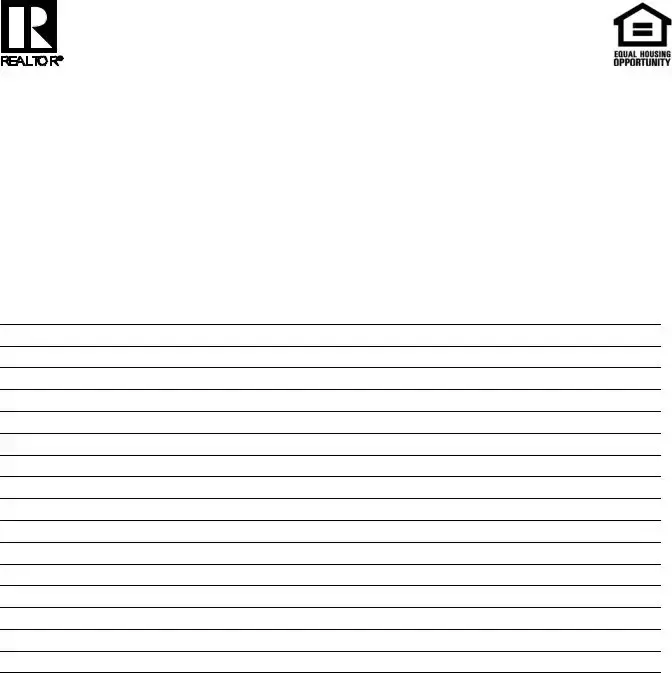VIRGINIA ASSOCIATION OF REALTORS®
HOME INSPECTION REMOVAL OF
CONTINGENCY ADDENDUM
TO RESIDENTIAL CONTRACT OF PURCHASE
|
|
|
|
|
|
|
|
|
|
|
This Addendum is made on |
|
|
|
, in accordance with the Sales Contract (“Contract”) |
dated |
|
between |
|
|
|
(“Purchaser”) |
and |
|
|
|
|
(“Seller”) for the |
purchase and sale of Property: |
|
|
|
|
. |
Contract referenced above includes a Home Inspection Contingency.
A complete copy of the Inspection report(s) is/are attached for your information and review. The specific deficiencies of Property that Purchaser requests Seller to remedy are listed below together with Purchaser’s proposed remedies, if any. Purchaser hereby removes the Home Inspection Contingency upon Seller’s agreement to the following:
Unless otherwise specified above, all repairs are to be performed by a qualified contractor or professional proficient to do the type of work required, and receipts or other written evidence that the repairs have been completed will be provided prior to or at Purchaser’s final walk through inspection of Property.
SELLER:PURCHASER:
|
/ |
|
|
|
/ |
|
Date |
|
Signature |
|
Date |
|
Signature |
|
/ |
|
|
|
/ |
|
Date |
|
Signature |
|
Date |
|
Signature |
COPYRIGHT©2013 by the Virginia Association of REALTORS®. All rights reserved. This form may be used only by members in good standing of the Virginia Association of REALTORS®. The reproduction of this form, in whole or in part, or in the use of the name “Virginia Association of REALTORS®”, in connection with any other form, is prohibited without prior written consent of the Virginia Association of REALTORS®.
VAR FORM 600 E REV. 10/13 |
PAGE 1 |

